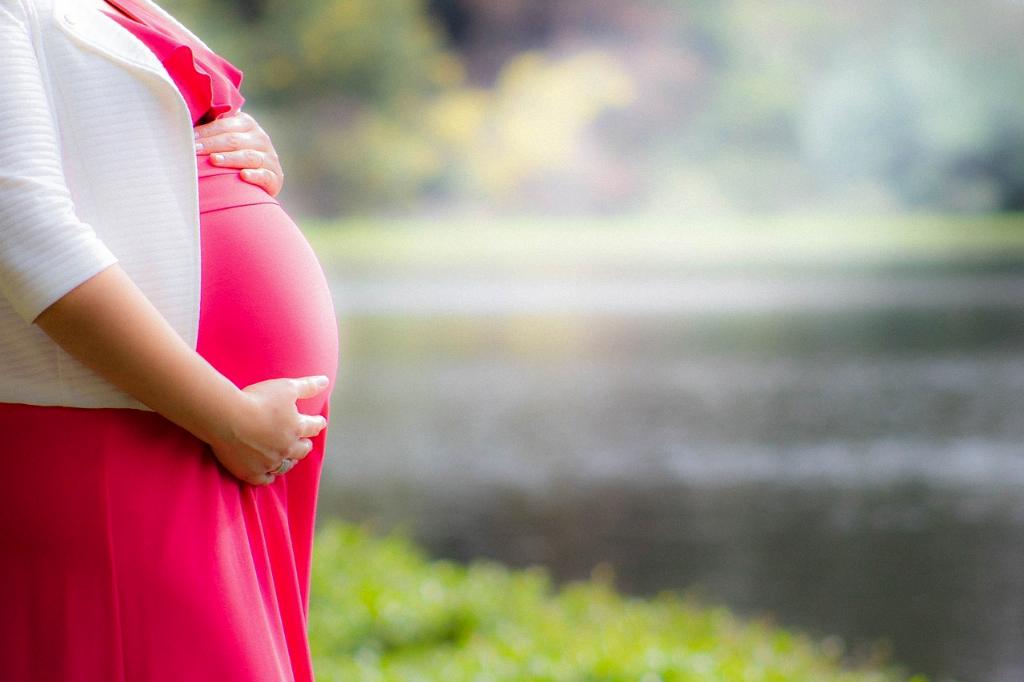One of the common questions that expecting mothers often ask is, “When should I start wearing a pregnancy brace?” It’s crucial to understand the benefits of wearing a pregnancy brace and the different stages of pregnancy where it can be beneficial.
Early Pregnancy Support
Wearing a pregnancy brace during early pregnancy can provide necessary support as your body begins to undergo significant changes. Even in the first trimester, the ligaments in your pelvis start to loosen to prepare for childbirth. A pregnancy brace can help in providing stability and comfort during this initial stage.
Second and Third Trimester Support
As your pregnancy progresses into the second and third trimesters, your abdomen starts to expand to accommodate the growing baby. This can lead to increased pressure on your lower back and pelvis. Wearing a pregnancy brace during these stages can help alleviate some of the discomfort and provide much-needed support for your growing belly.
Postpartum Healing
After childbirth, your body undergoes significant physical changes as it heals and readjusts. Wearing a pregnancy brace as a postpartum belt can aid in supporting your abdominal muscles, pelvic floor, and lower back as your body recovers. It can help promote proper posture and alignment during this crucial healing period.
Listening to Your Body
It’s essential to listen to your body throughout your pregnancy journey. If you experience discomfort, back pain, or pelvic instability, wearing a pregnancy brace can be a practical solution to provide the support you need. Consulting with your healthcare provider can also help determine the best time to start wearing a pregnancy brace based on your individual needs.
Comfort and Relief
Many women find wearing a pregnancy brace to be a comforting and relieving experience during pregnancy. It can help distribute the weight of your baby bump more evenly, reducing strain on your back and pelvis. Starting to wear a pregnancy brace early on can help you adapt to the changes in your body and maintain a more comfortable pregnancy experience.
Individual Considerations
Every pregnancy is unique, and the decision to wear a pregnancy brace may vary from person to person. Factors such as your overall health, activity level, and any pre-existing conditions can influence the timing of when to start wearing a pregnancy brace. It’s important to assess your own needs and consult with healthcare professionals for personalized advice.
Additional Support Options
In addition to wearing a pregnancy brace, there are other supportive measures you can incorporate into your routine. Prenatal exercises, proper lifting techniques, and maintaining good posture can all play a role in reducing discomfort and promoting overall well-being during pregnancy. Combining these strategies with the use of a pregnancy brace can enhance your comfort and support throughout the different stages of pregnancy.
Final Thoughts
Ultimately, the decision of when to start wearing a pregnancy brace is a personal one that should take into account your unique circumstances and comfort level. Whether you choose to wear a pregnancy brace in early pregnancy for extra support, during the second and third trimesters to ease discomfort, or as a postpartum aid, the goal is to prioritize your physical well-being and ensure a more comfortable pregnancy experience.
Consultation and Adaptation
If you are considering wearing a pregnancy brace, it’s recommended to discuss your options with your healthcare provider. They can offer guidance on the best practices for using a pregnancy brace and tailor their recommendations to suit your individual needs. By staying attentive to your body’s signals and adjusting your support as necessary, you can navigate the different stages of pregnancy with greater ease and comfort.

